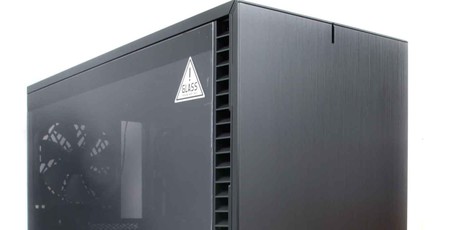
Performance Analysis
With our current test kit, we've spotted that in cases with closed front sections and slow-spinning fans often don't generate enough airflow to keep our test gear - specifically the CPU cooler - in check. As a result, the CPU temperature keeps climbing until the CPU throttles, essentially resulting in a failed test. We do limit the CPU fan on our cooler to 7V, which highlights poor-performing cases, but while these fails are indicative of that, if you use a cooler with higher airflow, the likelihood is this runaway effect won't happen. We confirmed this with our own cooler, where with the fan at 12V, the CPU delta T was a more respectable 57°C. Unfortunately, with the fan at 7V, the runaway effect did occur with the CPU delta T rising to TjMax and causing the CPU to throttle, as it has done with several other similar cases. Even with the standard open internal arrangement and with the ventilated roof vent, this only increased the time it took to reach unsafe temperatures.
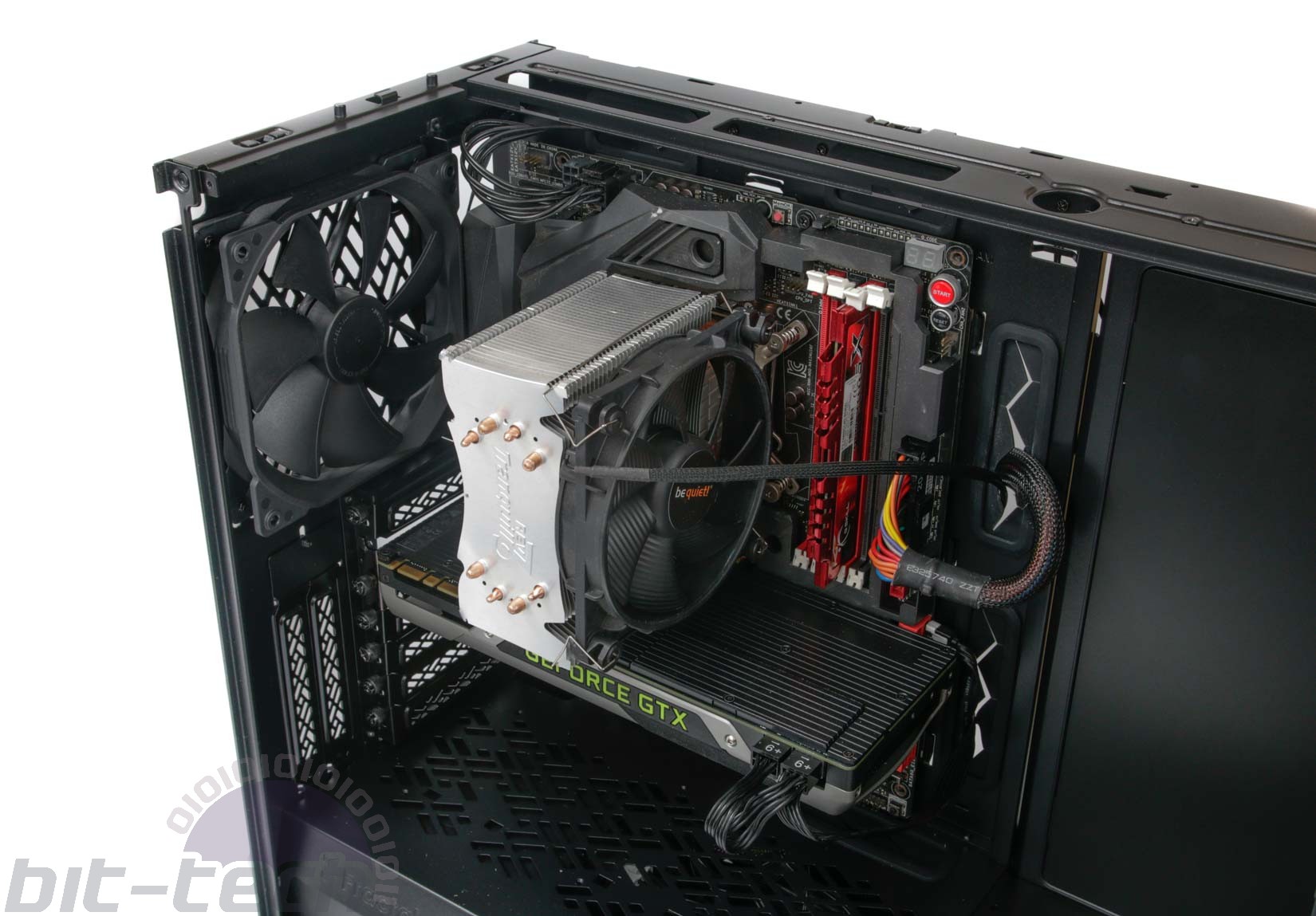
The key point to take away from this is that in the stock configuration, your CPU cooler will likely be ramping up to higher speeds, more often, to keep your CPU cool in this case as the stock case fans are clearly less effective than others in our graphs. This isn't an outright fail here for reasons we've mentioned - our cooler is artificially speed-limited to emphasise good- and poor-airflow cases and most of the time this has worked well. But it certainly raises the question of whether Fractal Design should use slightly more powerful fans, especially in cases that are already low-airflow in design such as the Define 7. The GPU delta T sat at a more respectable 51°C thanks to a 140mm fan situated in front of it so it's clear that our findings point at a case that would likely perform much better with a more-capable cooler, eliminating the runaway effect we saw with our test gear.
Conclusion
The ultra-quiet nature and subsequent low airflow will certainly put pressure on modest air coolers, as our test system showed. At 7V our fan and CPU cooler lean heavily on the case for cooling and as we've seen with a few similar examples recently, the airflow here isn't enough to keep things in check. Of course, an unrestrained cooler is going to perform better, but ultimately this will likely mean more modest air coolers will spend more time at higher RPMs in this case, generating more noise, than with cases that prevented this spiking in CPU temperature with our test gear. If you're spending £150 on a PC case, you'll almost certainly have more potent cooling, so we feel we're justified here in not being too harsh against Fractal Design and dishing out our second most prestigious award given the exceptional nature of the rest of the case and above-average GPU cooling. However, it's still a valid and interesting observation and one you'll need to take note of.
Aside from a need for more than the waft of airflow to the CPU that's provided out of the box, the case is stunning. It's perhaps not visually on the same level, but the feel-good feeling when you reach into the case with the roof section removed and have the delight of that extra, unrestricted space, or effortlessly swap the front section around to cater for a stack of hard disks, or glee of popping off the top panel for the included vented one - yes, you only build your PC once or maybe twice every few years, but that feel-good factor is part of the reason we build PCs and the Define 7 delivers it in droves. Every step of the build process has something useful to make your life easier, be it a PWM hub, removable roof or tool-free side panels. You get the feeling someone who is actually a PC enthusiast has really thought about how to make a PC case better, and the end result is the excellent Define 7.


MSI MPG Velox 100R Chassis Review
October 14 2021 | 15:04

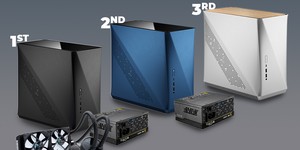
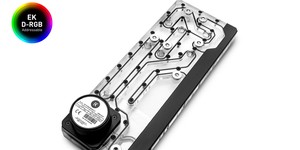
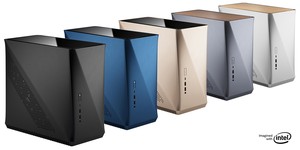




Want to comment? Please log in.